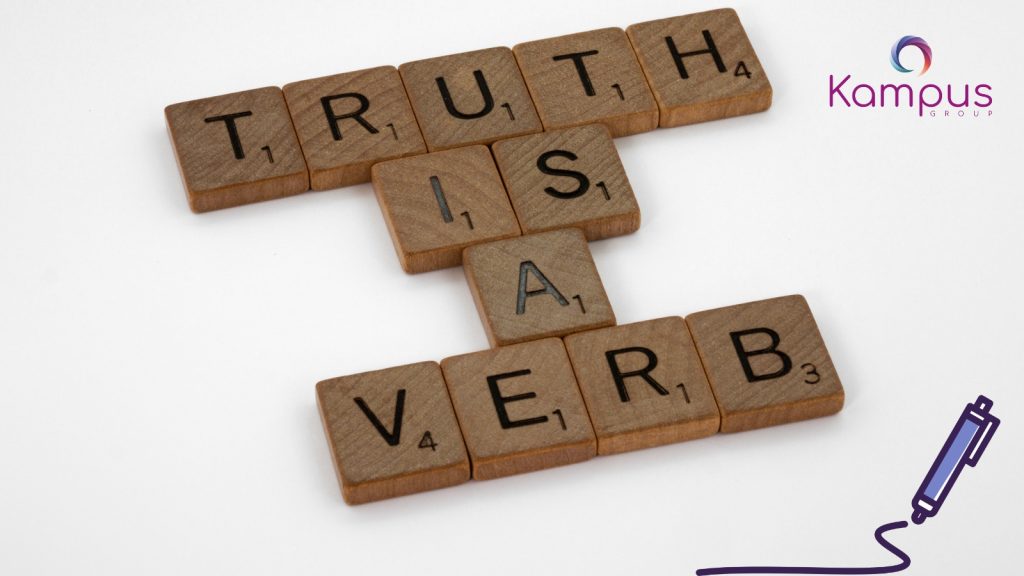Verb tenses can feel tricky when you’re learning English — but with a little practice, you’ll find they’re not as hard as they seem. Tenses simply tell us when an action happens: in the past, present, or future.
Getting verb tenses right is important for everyday communication, and essential if you’re preparing for tests like the IELTS. Don’t worry — you don’t need to memorise endless grammar rules! Once you understand the logic behind tenses and recognise a few common sentence patterns, you’ll soon use them naturally.
Let’s break them down:
The 3 Main Verb Tense Groups:
Present
Past
Future
Each of these has four common forms: Simple, Continuous (Progressive), Perfect, and Perfect Continuous. Let’s look at them one by one — with clear examples to help you practise.
PRESENT TENSES
Present Simple
Describes regular habits, facts, or things that happen now or all the time.
“I swim every day.”
“She plays football.”
Present Continuous (Progressive)
Describes actions happening right now, or temporary/unfinished actions.
“I am swimming in the pool right now.”
“She is speaking to my mum at the moment.”
Present Perfect
Describes actions that began in the past but are connected to the present moment.
“I have swum in the sea many times.”
“I have spoken to her already.”
Present Perfect Continuous
Emphasises the ongoing nature of an action that started in the past and continues now.
“I have been swimming since I was seven.”
“She has been competing in dance competitions lately.”
PAST TENSES
Simple Past
Describes completed actions in the past.
“Yesterday, I swam 10 laps.”
“Last night, I cooked chicken curry.”
Past Continuous
Describes an ongoing action in the past or one that was interrupted by another event.
“I was swimming with David when Bob arrived.”
“In May, she was teaching in a school in Darwin.”
Past Perfect
Makes it clear that one event happened before another in the past.
“I had swum the breaststroke before I turned eight.”
“He had failed to mention he was married when we first met.”
Past Perfect Continuous
Shows an ongoing past action continuing up to another point in the past.
“I had been swimming for years before Priya picked it up.”
“Dave had been playing soccer for 10 years when he was selected for the Olympic team.”
FUTURE TENSES
Simple Future
Describes actions that will happen in the future.
“I will swim more than 10 laps tomorrow.”
“You will see her next week.”
Future Continuous
Describes an unfinished action happening at a specific time in the future.
“I will be swimming in the new pool on Friday.”
“By December, I will be swimming like a fish!”
Future Perfect
Describes actions that will be completed by a certain point in the future.
“I will have swum 1,000 km by the end of the year.”
“He will have built 40 homes by 2027.”
Future Perfect Continuous
Describes ongoing actions continuing up until a specific point in the future.
“By noon today, I will have been swimming for two hours.”
“In April, Damien will have been working here for 10 years.”
- Learn key signal words (like “already”, “since”, “for”, “when”, “by”, “while”) to help you choose the right tense.
- Practise writing your own sentences in each tense — repetition helps!
- When preparing for exams like the IELTS, clear and accurate tense use will improve both your speaking and writing scores.
FAQs
Q: Why do I need to learn so many tenses?
A: Tenses help make your meaning clear — they tell the listener when something happens. If you want to sound natural and fluent, learning tenses is essential.
Q: Which tenses are most important for IELTS?
A: All tenses appear in IELTS, but focus especially on:
- Present Simple/Continuous/Perfect
- Simple Past
- Future (will + going to)
Being able to switch between tenses when answering questions will help boost your score.
Q: Are the rules the same for irregular verbs?
A: Not always! Regular past tense verbs usually add “-ed” (played, walked), but irregular verbs (swim → swam, go → went) must be memorised.

